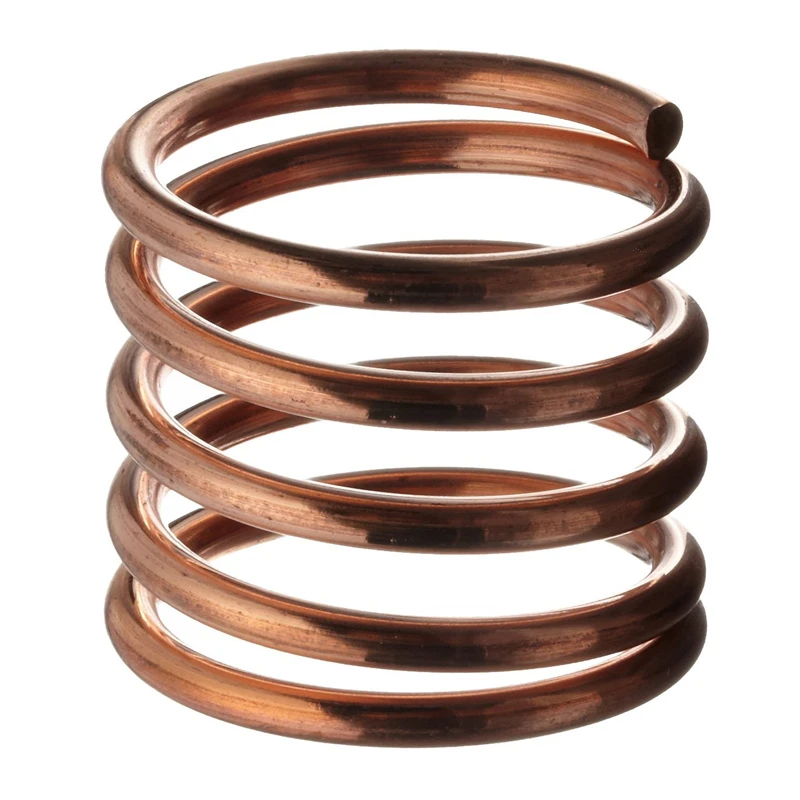
- Mobile Phone
- +8613931874955
- sales@cntcmetal.com
High-Performance Steel Wire Springs for Enhanced Durability and Flexibility
The Versatility and Importance of Steel Wire Springs
Steel wire springs are essential components widely utilized across various industries due to their remarkable properties and versatility. From automotive to consumer electronics, these springs play a critical role in ensuring functionality, durability, and reliability.
Understanding Steel Wire Springs
Steel wire springs are made from high-carbon steel, stainless steel, or alloys, providing excellent tensile strength and elasticity. The most common types of steel wire springs include compression springs, extension springs, and torsion springs. Each type serves unique purposes, adapted to the specific mechanical demands of their applications.
Compression Springs These springs are designed to bear compressive forces. They are typically cylindrical in shape and resist deformation when a load is applied, returning to their original shape once the load is removed. This functionality makes compression springs ideal for applications such as mattresses, automotive suspensions, and industrial machinery.
Extension Springs In contrast to compression springs, extension springs are engineered to operate under stretching forces. They consist of coils that extend when a tensile load is applied. Commonly found in applications like trampolines, garage doors, and various types of machinery, extension springs provide the necessary tension to maintain functionality and support moving parts.
Torsion Springs These springs are designed to twist and store energy when applied with a rotational force. Torsion springs are commonly used in mechanisms such as clothespins, mouse traps, and vehicles' suspension systems. Their ability to provide rotational force adds a layer of versatility that is indispensable in specific applications.
Material Selection and Benefits
The choice of material for steel wire springs significantly influences their performance and longevity. High-carbon steel is often chosen for its high yield strength and fatigue resistance, making it suitable for demanding applications. Stainless steel, on the other hand, offers additional resistance to corrosion, making it ideal for environments prone to moisture or chemicals. The inherent properties of steel contribute to the springs’ ability to withstand significant stress while maintaining their structural integrity over time.
steel wire spring

Advantages of Steel Wire Springs 1. Durability Steel wire springs boast high tensile strength, allowing them to absorb and return to shape after considerable deformation. 2. Resilience Their ability to endure repeated cycles of loading and unloading makes them suitable for dynamic applications. 3. Corrosion Resistance Stainless steel springs provide protection against rust and corrosion, extending their lifespan in adverse conditions.
Applications in Various Industries
Steel wire springs find applications in a myriad of industries, each requiring specific qualities to meet unique challenges
.1. Automotive Industry In vehicles, steel wire springs are employed in suspension systems, brakes, and other components to enhance safety, control, and comfort. 2. Electronics The technology sector utilizes small precision springs in devices such as keyboards, mobile phones, and tablets. They contribute to tactile feedback and reliable operation.
3. Medical Devices The healthcare industry relies on steel wire springs for various medical instruments and devices, where accuracy and reliability are paramount.
4. Manufacturing In manufacturing processes, steel wire springs are integral to machinery, conveying systems, and assembly tools, optimizing productivity and efficiency.
Conclusion
Steel wire springs are indispensable components that offer crucial functionality across multiple industries. Their exceptional properties, such as strength, resilience, and corrosion resistance, make them ideal for diverse applications. As technology advances and industries evolve, the demand for high-quality steel wire springs continues to grow. Their role ensures that mechanisms operate smoothly and efficiently, underpinning the innovations necessary for modern living. Understanding the intricacies of steel wire springs not only highlights their importance but also paves the way for future advancements in design and application. With ongoing research and development, these springs will undoubtedly evolve to meet the ever-changing demands of society, reinforcing their status as fundamental elements in engineering and technology.
share:
-
Your Source for Concrete Wall Ties and Masonry AccessoriesNewsJul.10,2025
-
Unlocking the Power of Iron Wire for Every ProjectNewsJul.10,2025
-
Explore Advanced Chain Wire and Stainless Steel Mesh FencingNewsJul.10,2025
-
Discover the Benefits of Annealed Wire ProductsNewsJul.10,2025
-
Discover China Stainless Steel Wire Mesh SolutionsNewsJul.10,2025
-
Build with Confidence Using High-Performance Masonry AccessoriesNewsJul.10,2025
-
Why Sacrificial Formwork Is Redefining Underground ConstructionNewsJun.06,2025



















